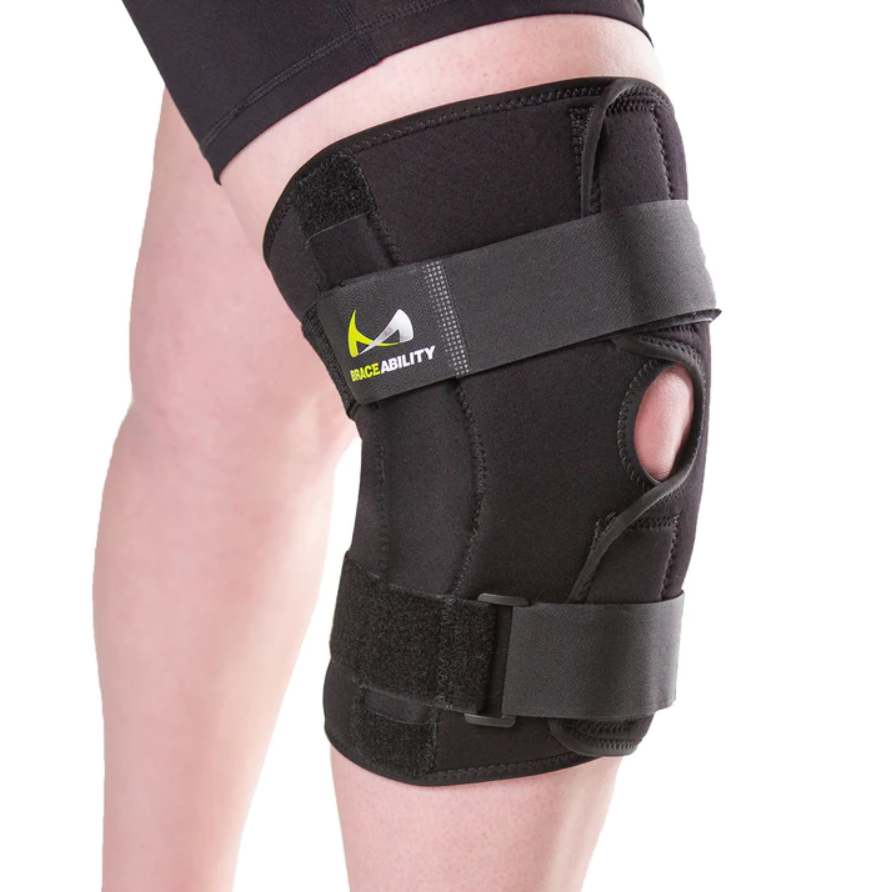In this article, you will gain valuable insight into the world of knee braces and what to expect in the year 2023. We will discuss the latest advancements in technology, the benefits of wearing knee braces, and how they can improve your overall knee health. Additionally, we will explore the different types of knee braces available and provide recommendations based on your specific needs. By the end of this article, you will have a comprehensive understanding of knee braces and be well-equipped to make informed decisions about your knee health.
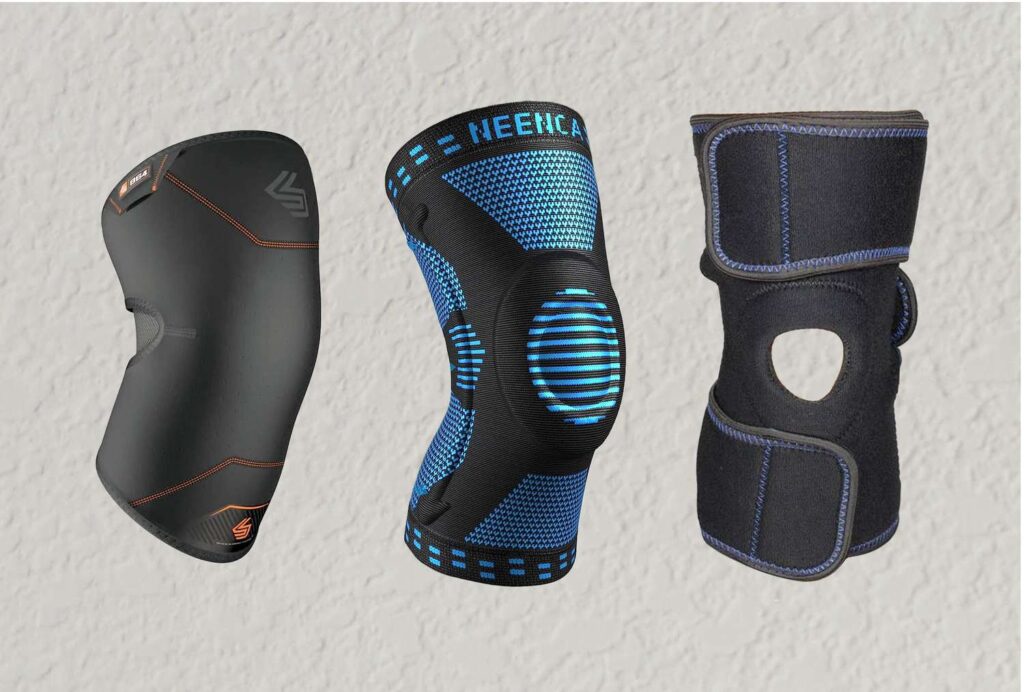
Types of Knee Braces
Hinged Knee Braces
Hinged knee braces are a type of knee support that has metal or plastic hinges on the sides. These hinges provide additional stability and support to the knee joint, making them suitable for individuals with ligament injuries or those recovering from knee surgery. Hinged knee braces allow controlled movement of the knee while limiting excessive side-to-side motion.
Wraparound Knee Braces
Wraparound knee braces are characterized by their adjustable straps and wraparound design. They are easy to put on and take off, making them a popular choice for individuals who require mild to moderate knee support. These braces provide compression and help alleviate pain and swelling associated with injuries such as ligament sprains or mild osteoarthritis.
Patellar Stabilizing Braces
Patellar stabilizing braces are specifically designed to provide support to the patella, or kneecap. These braces have a circular opening surrounding the patella, which helps reduce patellar displacement and minimize pain and instability. Patellar stabilizing braces are commonly recommended for individuals with conditions like patellofemoral pain syndrome or patellar tendonitis.
Prophylactic Knee Braces
Prophylactic knee braces are preventive braces often worn by athletes during high-impact sports activities. These braces are primarily used to reduce the risk of potential knee injuries, especially for individuals with a history of ligament sprains or knee instability. Prophylactic knee braces provide lateral stability and support to the knee joint.
Functional Knee Braces
Functional knee braces are commonly used in sports and activities that involve high-speed movements and sudden changes in direction. These braces are designed to protect and support the knee joint during intense physical activities. Functional knee braces are often prescribed for individuals recovering from ACL (anterior cruciate ligament) injuries or for those with mild to moderate knee instability.
Benefits of Using Knee Braces
Pain Relief and Support
One of the primary benefits of using knee braces is the relief they provide from knee pain. Knee braces can help stabilize the knee joint, reducing pressure on the affected area and alleviating discomfort. Additionally, knee braces can provide support to weakened or injured ligaments and tendons, promoting healing and preventing further damage.
Improved Stability and Mobility
Knee braces, particularly hinged knee braces, offer enhanced stability to the knee joint. They can help individuals with ligament injuries or knee instability regain confidence in their mobility and perform daily activities with greater ease. Knee braces also provide support during physical activities, improving overall performance and preventing re-injury.
Injury Prevention
Prophylactic knee braces are specifically designed to minimize the risk of knee injuries. They provide additional support and stability to the knee joint, reducing the likelihood of ligament sprains or tears during high-impact activities. By wearing a prophylactic knee brace, athletes can safeguard themselves from potential knee injuries and stay active in their chosen sports.
Post-Surgery Recovery
Knee braces play a crucial role in post-surgery recovery. Whether it’s ACL reconstructive surgery or a knee replacement procedure, knee braces provide support and protection to the healing knee joint. These braces can help individuals gradually regain strength and mobility while reducing post-operative pain and swelling.
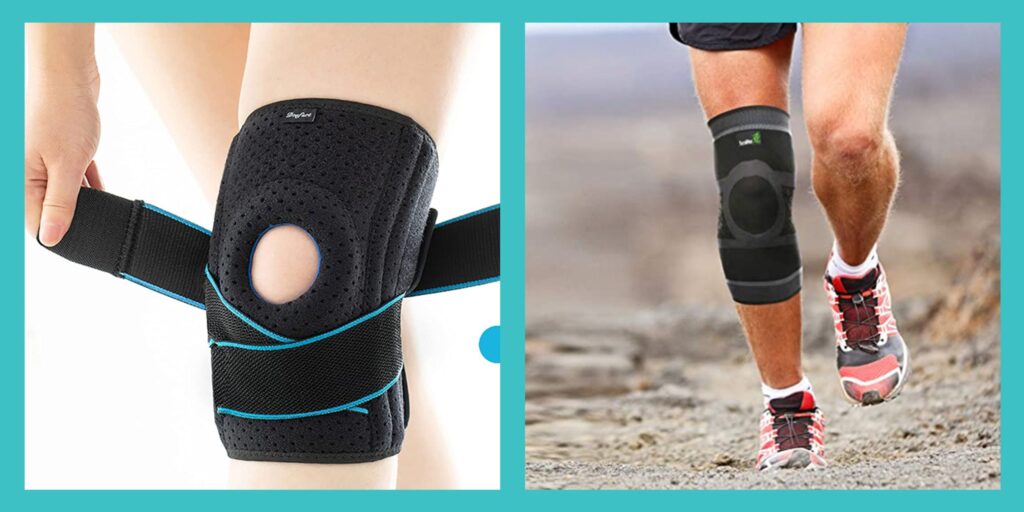
Choosing the Right Knee Brace
Consider the Type of Injury
When selecting a knee brace, it is important to consider the type of injury or condition for which you require support. Different knee braces are designed to address specific issues, such as ligament sprains, osteoarthritis, or patellar instability. Consult with a healthcare professional to determine the most suitable type of knee brace for your specific needs.
Consult a Healthcare Professional
Before purchasing a knee brace, it is advisable to consult with a healthcare professional, such as a physical therapist or orthopedic specialist. They can assess your injury or condition and provide recommendations on the most appropriate knee brace for you. Healthcare professionals can also help ensure proper fitting and guide you on proper usage and care.
Measure for the Right Fit
Proper sizing is crucial when it comes to knee braces. Ill-fitting braces may not provide adequate support or may cause discomfort. Take accurate measurements of your knee circumference and use the size chart provided by the manufacturer to determine the right size for you. It is also essential to consider any additional adjustable straps or closures to ensure a secure and comfortable fit.
Evaluate the Brace Features
Different knee braces offer various features that cater to specific needs. Consider factors such as material, breathability, adjustability, and ease of use. Choosing a knee brace with the features that align with your requirements can significantly enhance your comfort and overall experience while wearing the brace.
Proper Usage and Care of Knee Braces
Follow Manufacturer’s Guidelines
To ensure the effectiveness and longevity of your knee brace, it is essential to follow the manufacturer’s guidelines for proper usage. Pay attention to recommended duration and frequency of use, as well as any specific instructions for wearing and removing the brace. Adhering to these guidelines can help avoid unnecessary damage to the brace and ensure optimal support and protection for your knee joint.
Regular Cleaning and Maintenance
Keeping your knee brace clean is important for maintaining hygiene and preventing bacterial growth. Follow the manufacturer’s instructions for cleaning the brace, as different materials may require specific care. Regularly inspect the brace for any signs of wear or damage, and replace it when necessary to maintain its effectiveness.
Avoid Overuse or Misuse
While knee braces can provide valuable support and protection, it is important not to become overly dependent on them. Relying too heavily on knee braces may weaken the surrounding muscles and ligaments over time. It is crucial to also incorporate exercises and strengthening techniques recommended by healthcare professionals to promote long-term knee health and stability.
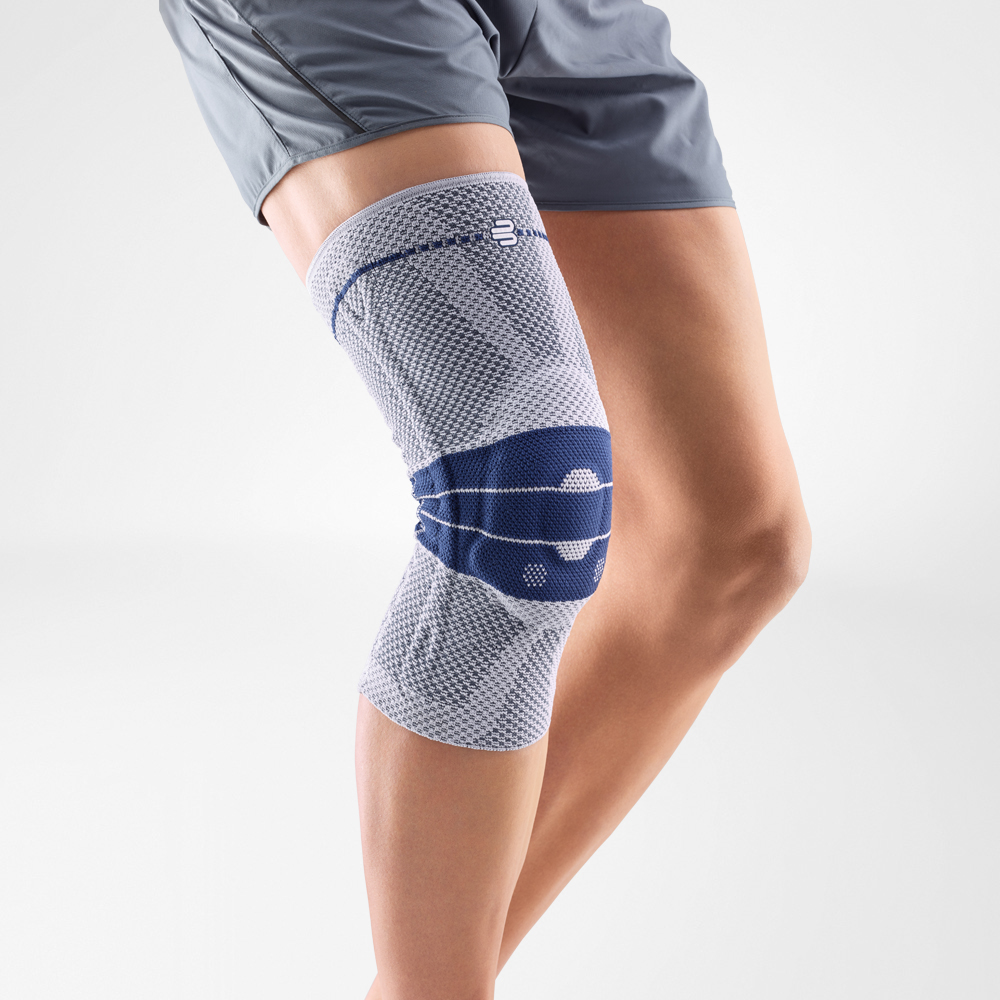
Common Knee Conditions Requiring Braces
Osteoarthritis
Osteoarthritis is a degenerative joint condition characterized by the breakdown of cartilage in the knee. Knee braces can offer pain relief, reduce inflammation, and provide stability for individuals with osteoarthritis. Unloading braces, in particular, can shift weight away from the affected area, relieving pressure and improving mobility.
Ligament Sprains
Ligament sprains, such as an ACL or MCL (medial collateral ligament) sprain, can cause instability and pain in the knee joint. Knee braces, especially hinged knee braces, provide support and limit excessive movement that can further damage the ligaments. They can aid in the recovery process and prevent re-injury during activities.
Tendonitis
Tendonitis is an inflammation of the tendons that connect muscles to bones in the knee joint. Knee braces, particularly patellar stabilizing braces, can help relieve pressure on the affected tendons and reduce pain. These braces provide compression and support to the patella, minimizing strain on the tendons during movement.
Patellofemoral Pain Syndrome
Patellofemoral pain syndrome, also known as runner’s knee, is characterized by pain at the front of the knee, especially around the patella. Patellar stabilizing braces can help align the patella and reduce excessive lateral movement, thus alleviating pain and providing stability during physical activities.
Knee Braces for Sports and Athletics
Basketball
Basketball requires quick movements and frequent changes in direction, putting significant stress on the knee joints. Functional knee braces are commonly used by basketball players to provide support and protection during games. These braces can help reduce the risk of ligament injuries and provide enhanced stability for on-court performance.
Football
Football, being a contact sport, involves high impact and potential for knee injuries. Many football players wear prophylactic knee braces to minimize the risk of ligament sprains or tears. These braces offer additional stability, allowing players to confidently engage in tackling, cutting, and other physically demanding actions.
Running
Runners often rely on knee braces to alleviate pain and provide stability during their training or races. Patellar stabilizing braces can help reduce pressure on the patella, while hinged knee braces can provide extra support. The choice of the type of knee brace depends on the specific knee condition or injury.
Tennis
The rapid side-to-side movements in tennis can place strain on the knee joints. Tennis players may benefit from wearing hinged knee braces, as these braces provide stability and protect the knee from excessive lateral movement. This additional support can potentially reduce the risk of knee injuries and prolong an athlete’s career.
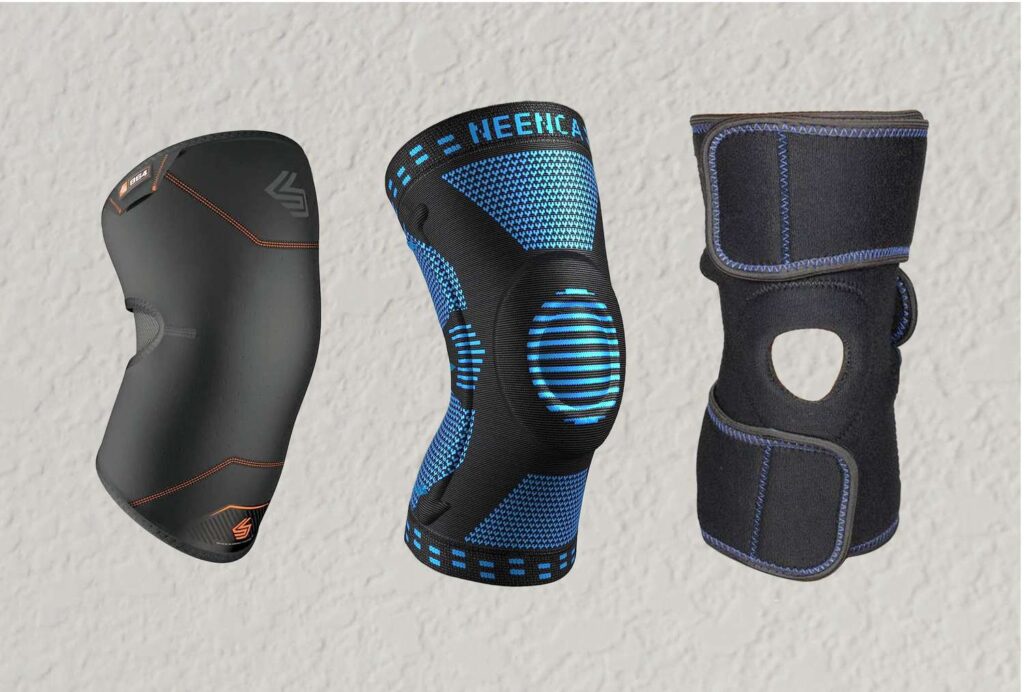
Alternative Treatments to Knee Braces
Physical Therapy
Physical therapy plays a vital role in knee recovery and injury prevention. In conjunction with knee braces, physical therapy can help strengthen muscles surrounding the knee, improve flexibility and range of motion, and address underlying issues contributing to knee problems. Physical therapists can guide individuals through exercises and techniques tailored to their specific needs.
Medication
In some cases, over-the-counter or prescription medications may be utilized to manage pain and reduce inflammation associated with knee conditions. Nonsteroidal anti-inflammatory drugs (NSAIDs) can offer temporary relief, but it is important to consult with a healthcare professional before using any medication long-term.
Surgery
In certain situations, knee braces may be used as an alternative to surgery. However, for severe knee injuries or conditions, surgical intervention may be necessary to repair damaged ligaments or cartilage. Surgical procedures can help restore knee function and reduce the need for long-term brace usage.
Addressing Concerns about Knee Braces
Comfort and Fit
Comfort and proper fit are crucial aspects of wearing knee braces. Look for knee braces with adjustable straps or closures, as they allow for customization to your individual needs. Soft and breathable materials can also enhance comfort, reduce irritation, and prevent excessive sweating while wearing the brace.
Breathability and Moisture Control
Knee braces that promote breathability and moisture control are essential, especially during physical activity. Look for braces made with materials that allow air circulation and wick away moisture. This helps prevent skin irritation, odor, and discomfort caused by excessive sweat build-up.
Impact on Range of Motion
While knee braces provide stability and support, they should not significantly restrict your range of motion. Look for knee braces that are designed to allow a natural range of movement without compromising the necessary support. Discuss any concerns about range of motion with your healthcare professional to ensure you choose the appropriate brace for your needs.
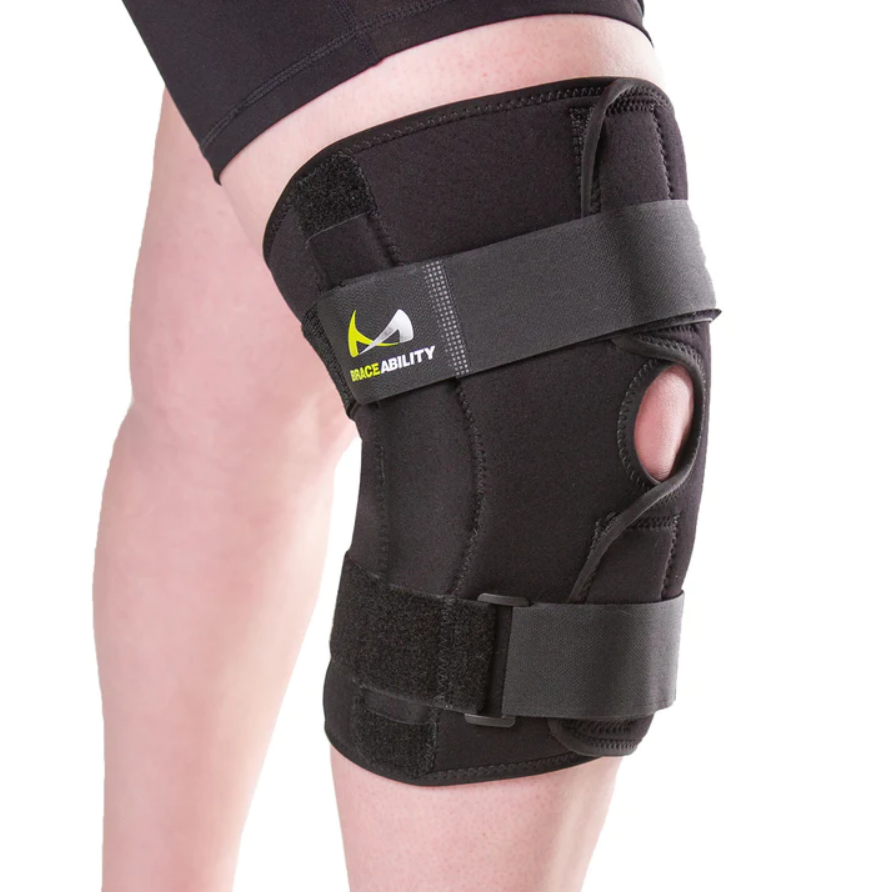
Benefits and Risks of Long-Term Knee Brace Usage
Improving Quality of Life
Long-term knee brace usage can significantly improve the quality of life for individuals with chronic knee conditions or injuries. By providing support, stability, and pain relief, knee braces allow individuals to engage in daily activities with reduced discomfort and improved functionality.
Dependency on Braces
Long-term reliance on knee braces may potentially lead to a dependency on the brace for knee stability and pain relief. This can result in weakened muscles and ligaments over time, as they become dependent on the external support provided by the brace. It is essential to incorporate exercises and rehabilitation techniques to strengthen the knee and surrounding muscles.
Potential Skin Irritation
Wearing knee braces for an extended period may increase the risk of skin irritation or allergies. Ensure proper hygiene by regularly cleaning the brace and your skin. If you experience persistent skin irritation or discomfort, consult a healthcare professional for guidance on adjusting the fit or exploring alternative options.
Conclusion
Knee braces are valuable tools for individuals seeking support, pain relief, and stability for various knee conditions or injuries. They come in different types, each designed to address specific needs and requirements. Whether you are an athlete aiming to prevent injuries or someone recovering from knee surgery, the right knee brace can make a significant difference in your comfort, mobility, and overall quality of life. Consult with a healthcare professional to determine the most appropriate knee brace for your needs and follow proper usage and care guidelines to optimize the benefits of using knee braces. With the right brace and proper management, you can confidently pursue an active lifestyle without compromising your knee health.
